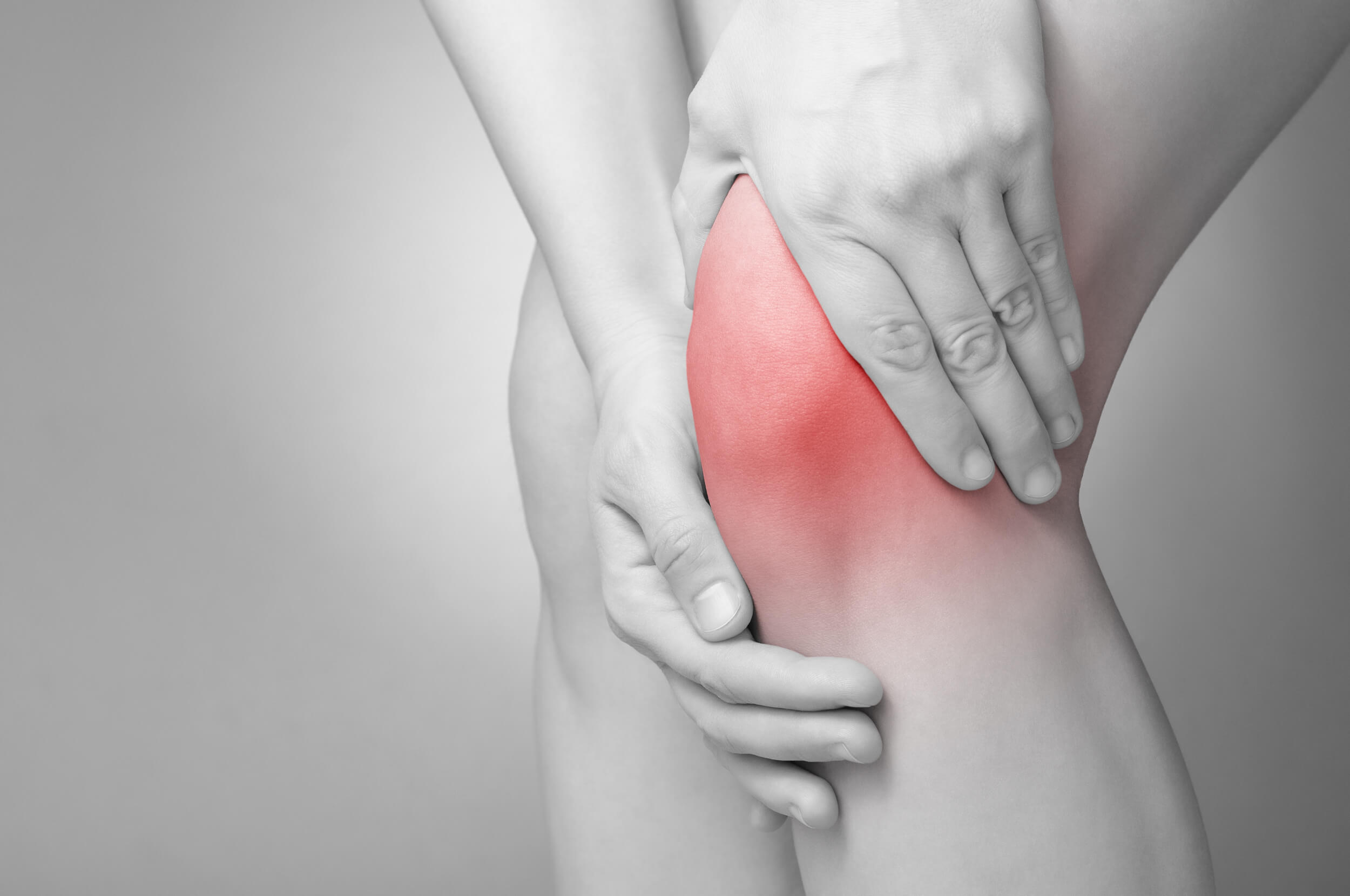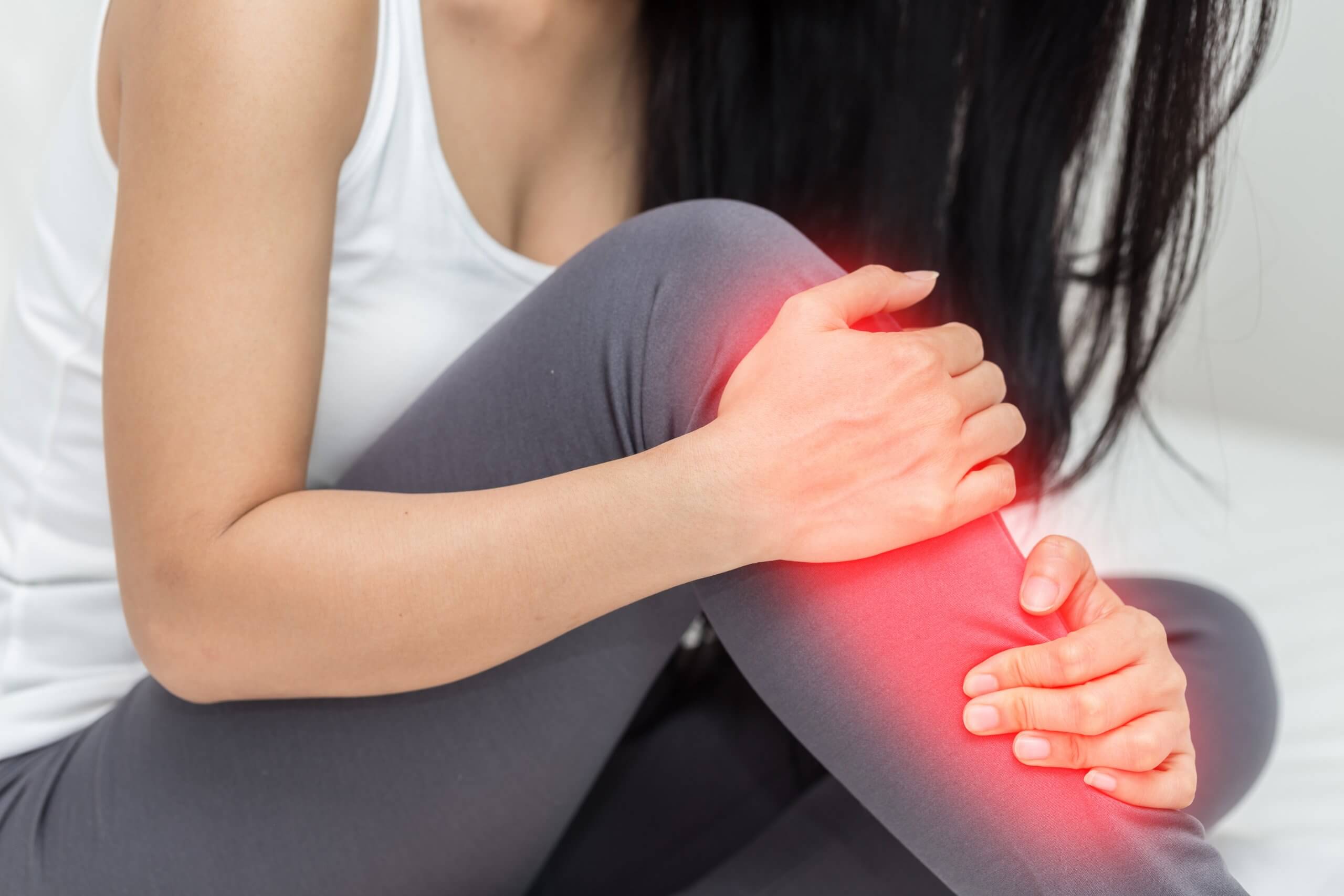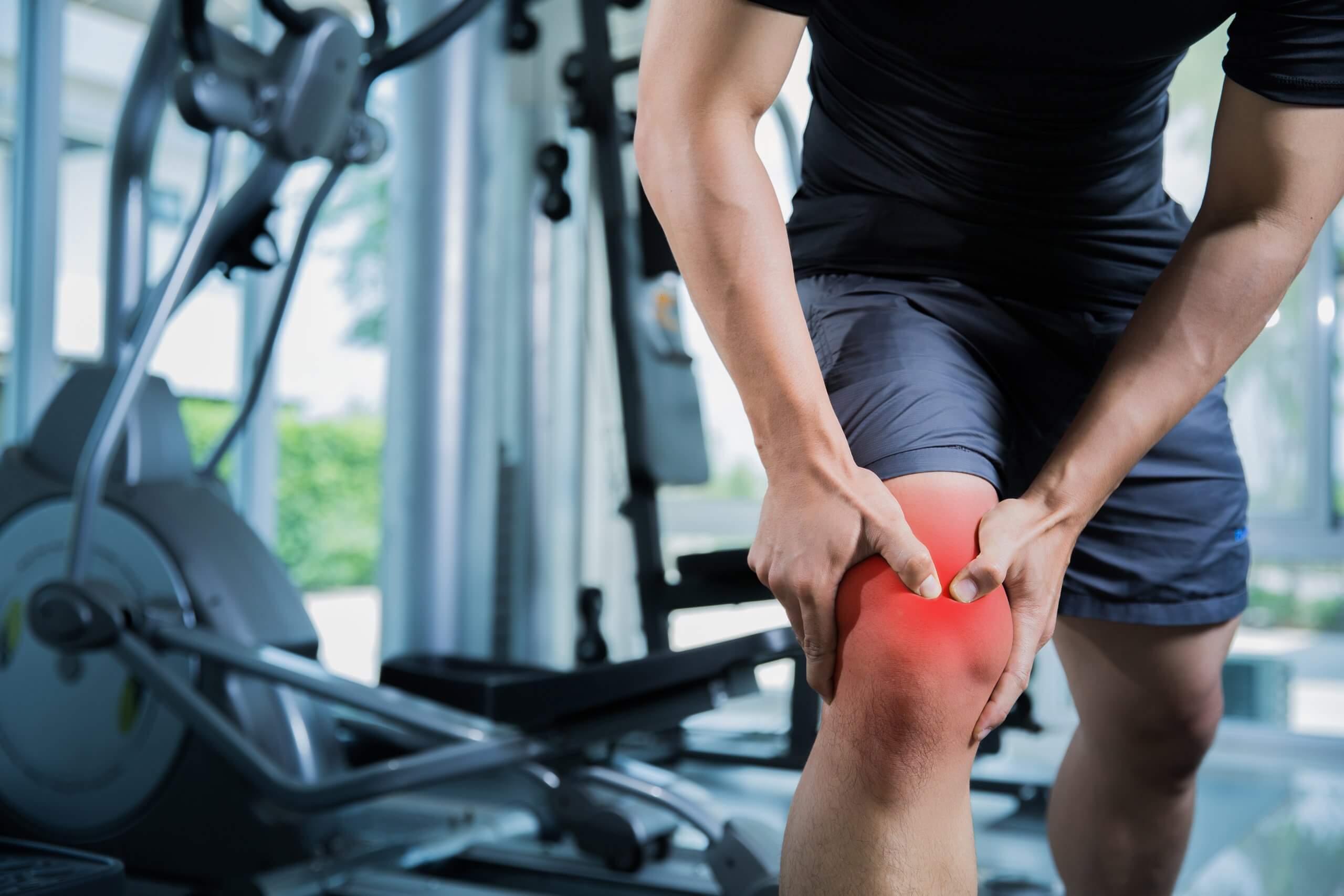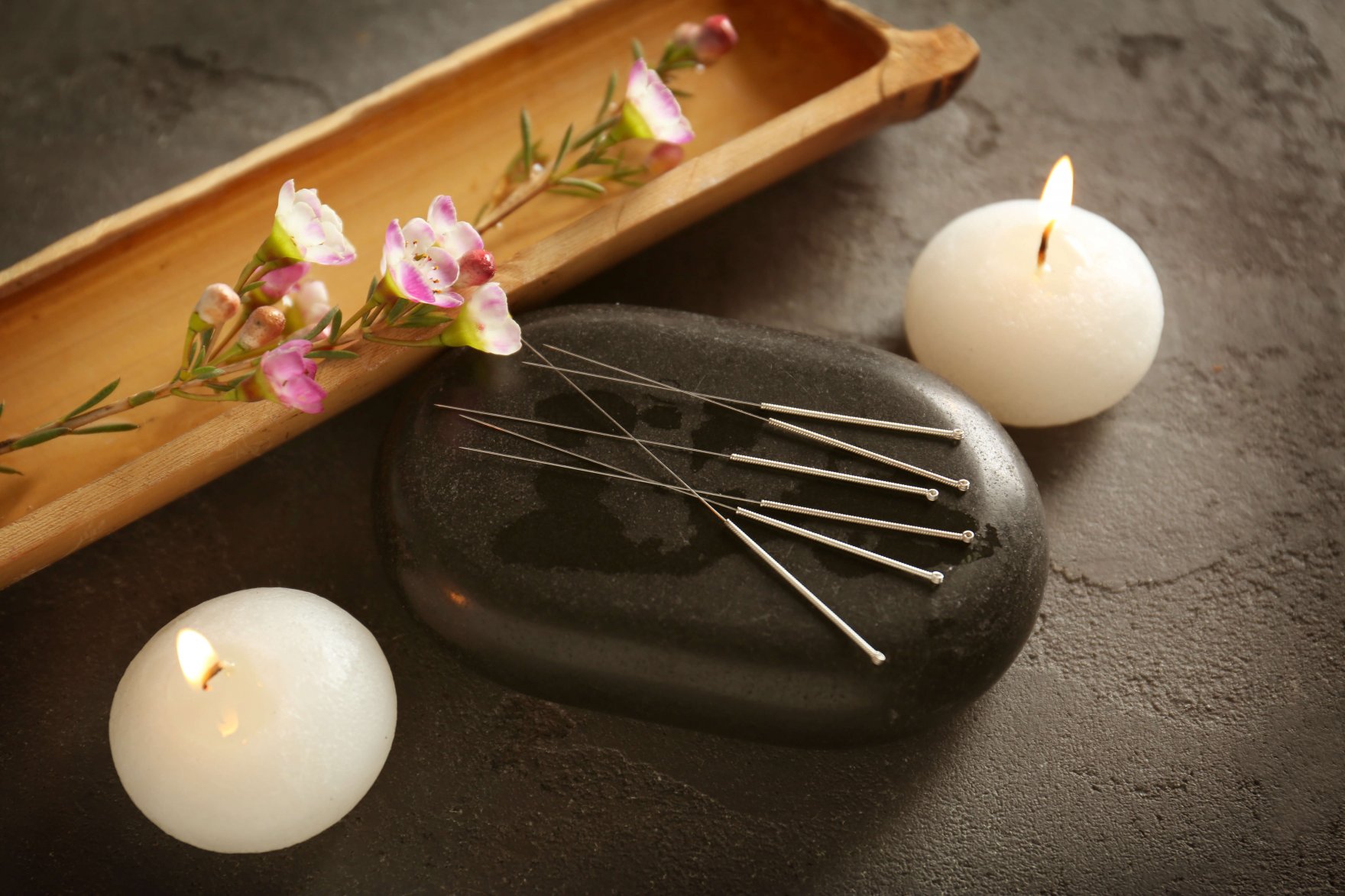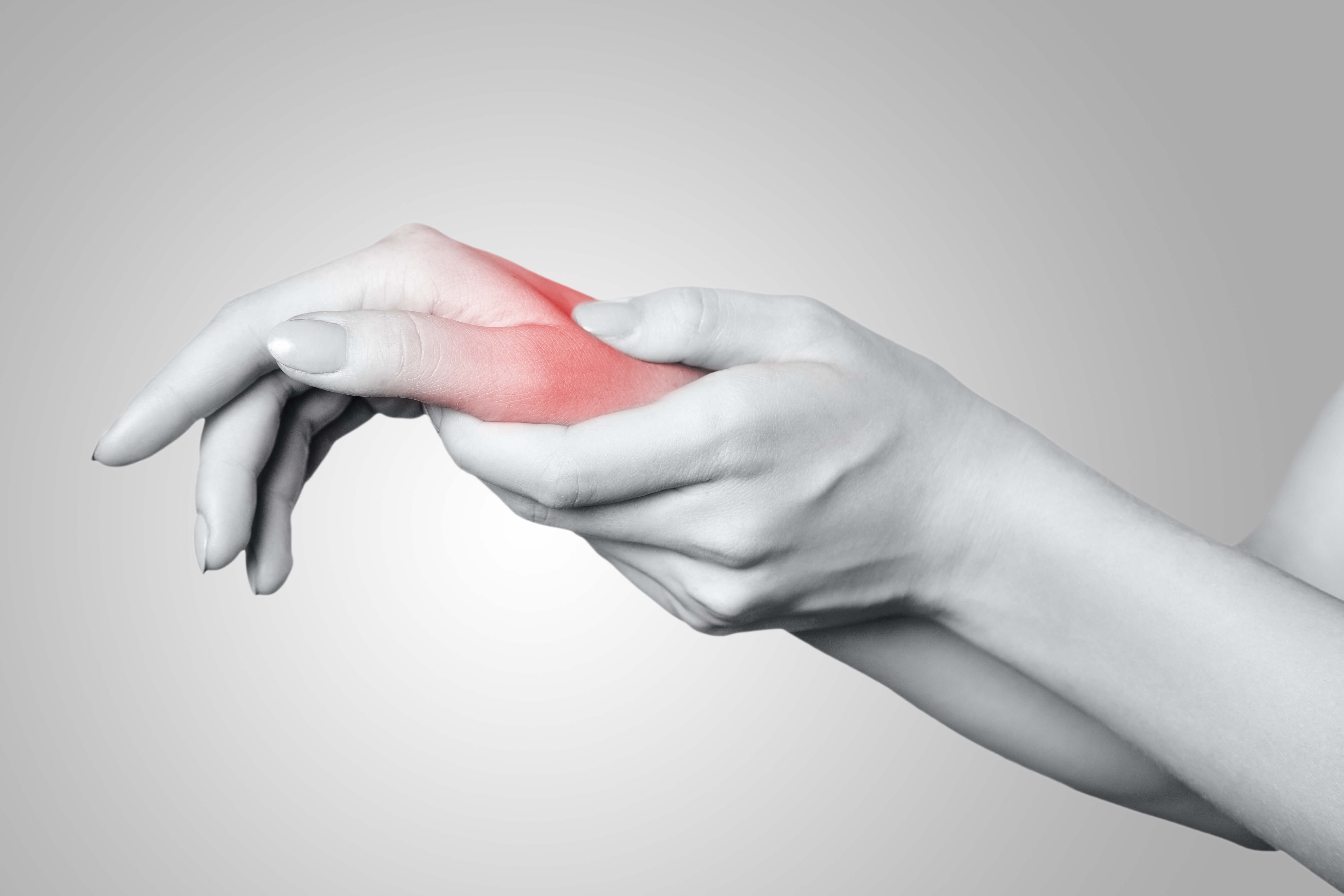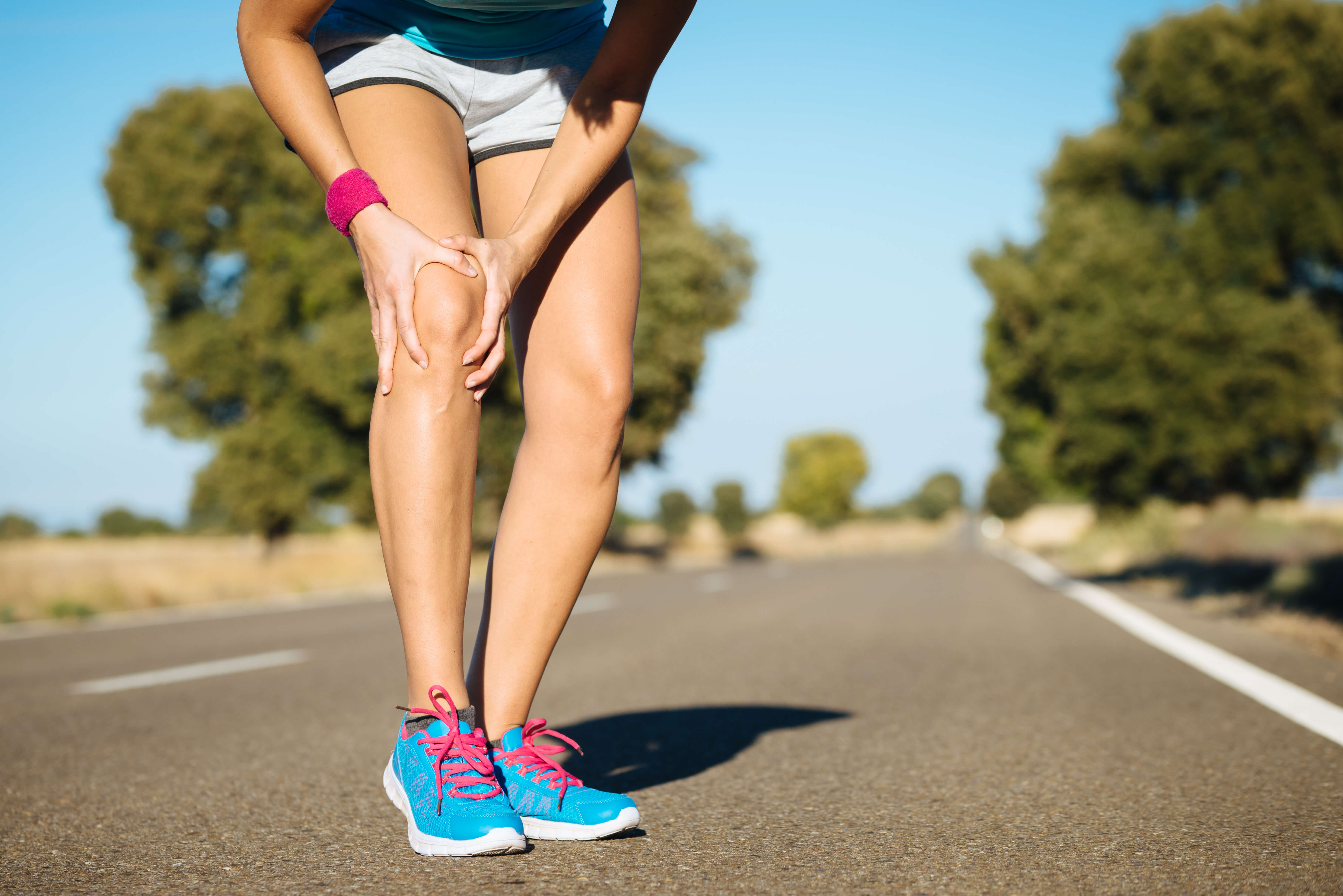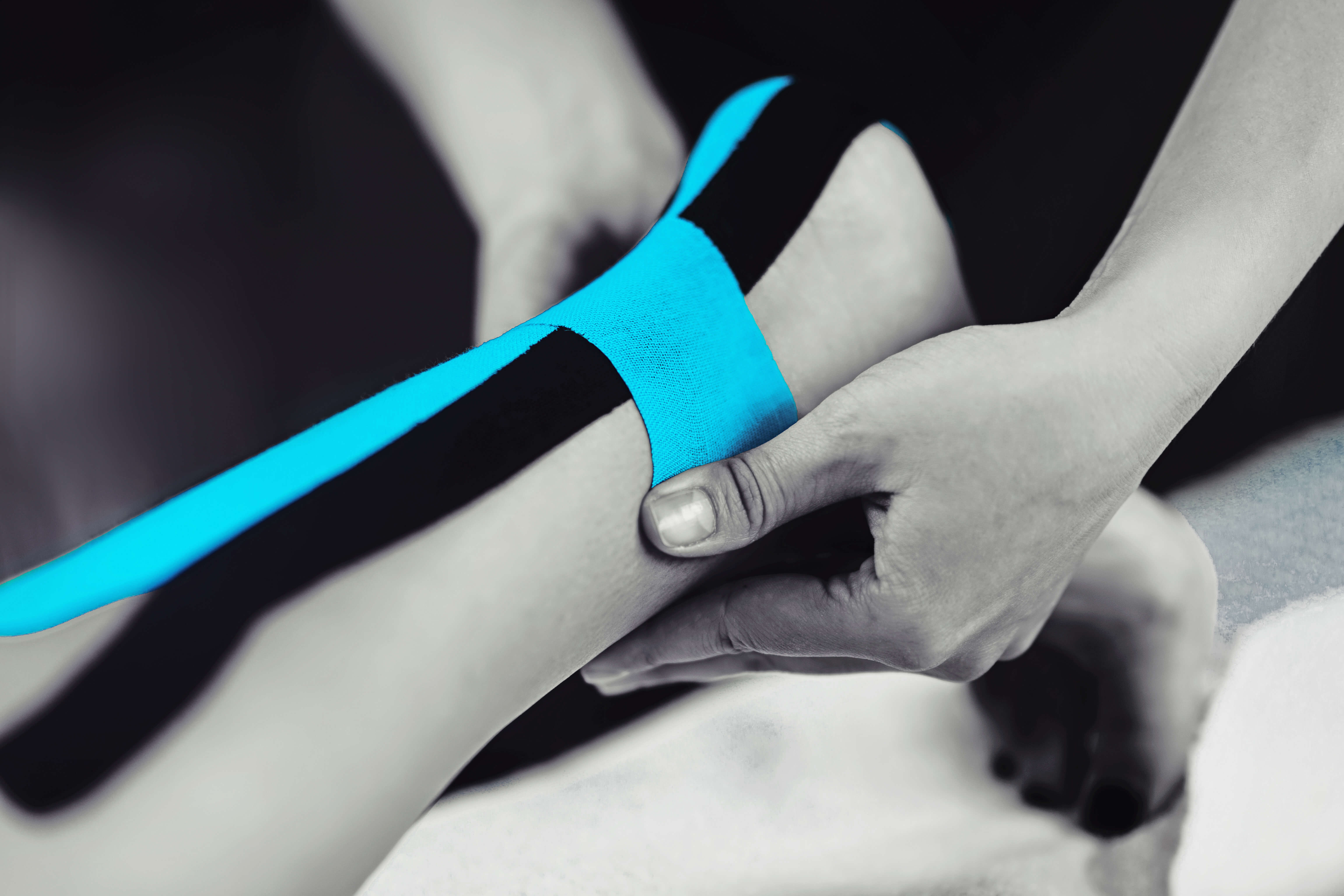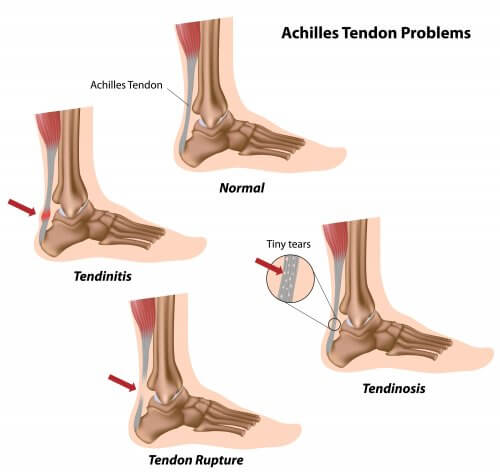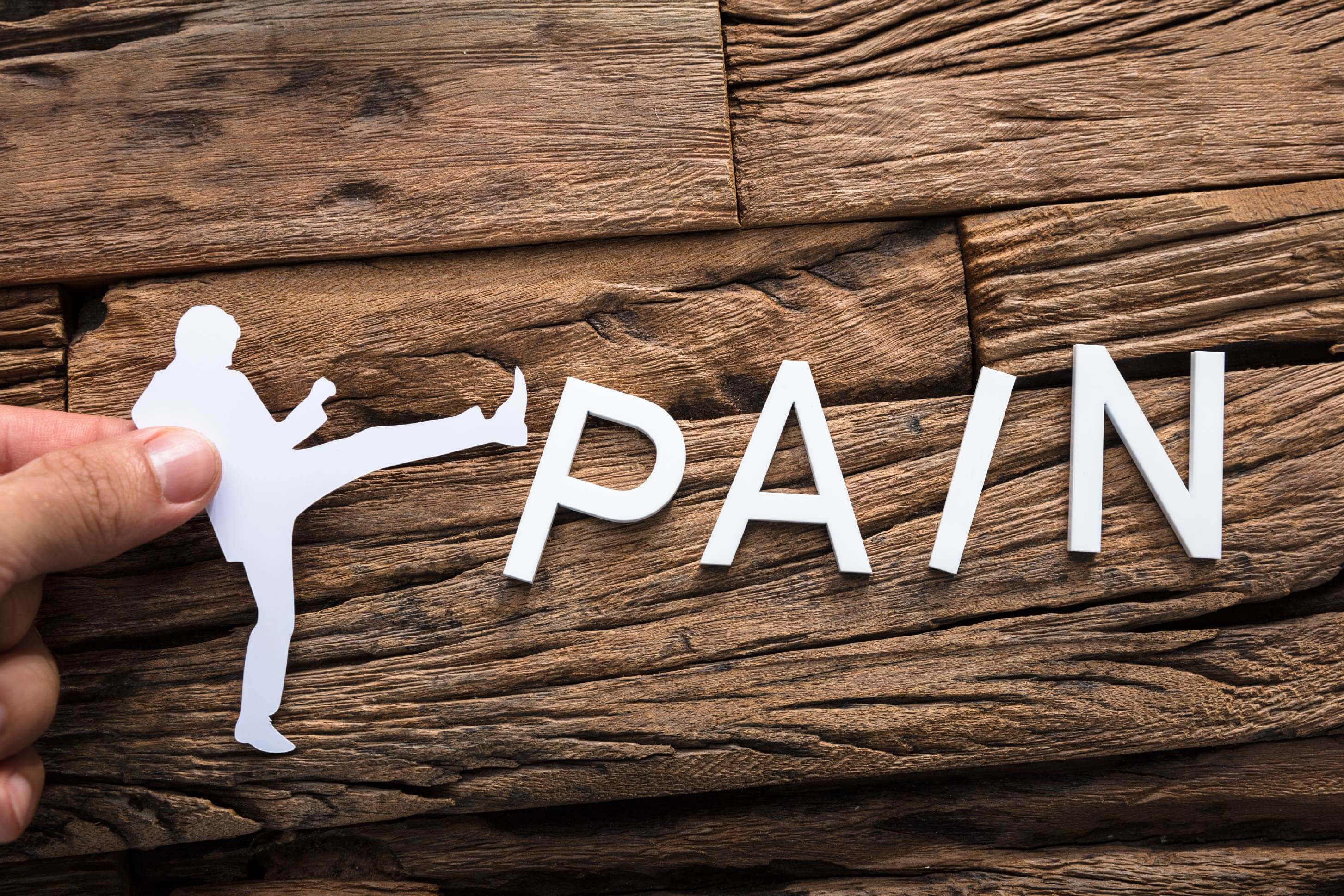Physiotherapy For Knee Pain
Physio for knee pain can strengthen muscles and improve the condition of the joints around the knee. Knee pain is one of the most common reasons for patients to ask to speak to a licensed physiotherapist. If you adhere to the advice and follow through with the exercises suggested by your physical therapist, knee physio will effectively make your body feel better overall.
Reasons to Engage in Knee Physiotherapy
Knee physio is based on a set targeted exercises and physical therapy treatments to reduce inflammation, improve circulation, and ease down the pain, helping the aching knee heal faster. Reasons for knee pain are many, including:
- ACL (anterior crucial ligament) or MCL (medial collateral ligament) injuries
- Fractures to the knee caused by an accident or a chronic disease, for example, osteoarthritis
- Torn meniscus, an injury to the cartilage between the shinbone and the thighbone due to disproportionate compression of the shock-absorbing tissue
- Bursitis on the knee
- Patellar tendinitis, an inflammation of the soft tendons that protect the outside of the knee.
- Mechanical problems, for instance, a dislocated kneecap, foot or hip pain, or iliotibial band syndrome, which is a common pain for long-distance runners.
- Arthritis, rheumatoid arthritis, osteoarthritis, septic arthritis, gout, and pseudogout.
Some knee pain is more serious than the rest, but not all of it is dangerous. Risk factors that could worsen the condition are excess weight, previous injuries, poor muscle strength or flexibility, and occupations or activities that include knee overuse, such as running or jogging. If you want to prevent knee pain, shed any extra pounds and exercise to strengthen muscles and keep them flexible. You may need to replace your regular exercise routine with knee physio exercises recommended by your therapist.
Effective Physiotherapy for Knee Pain
Physiotherapy for knee pain is a multidimensional specialist treatment which depends on what causes the pain in the first place. It can include a combination of strength and flexibility exercises, ice, heat, and compression packs, medication, ultrasound, and nerve stimulation.
Stretches and Exercises
To relieve the pain in the knee area with targeted exercises, your physiotherapist may suggest doing patella mobs, heel slides, calf stretches with a strap, hamstring stretches in long sitting, supine hamstring and calf stretches, IT band stretches, quad stretches, butterfly stretch for the groin area, hip flexor stretches, and side lunge stretches. Strength exercises that are typically suggested during physio for knee pain are hamstring curls, single-leg dips, step-ups, straight leg lifts, wall squats, and balancing exercises.
Taking Painkillers
Painkillers such as Advil or any other ibuprofen-based medication can help some patients, as well as rubbing in the area with numbing creams. Your doctor may also consider injecting corticosteroids, hyaluronic acid, and (PRP) platelet-rich plasma, which help with softening the pain for a few months, lubricating knee joint, and promoting healing and growth respectively.
Ice, Heat and Compression Application
Use ice pack covered in cloth or a towel to avoid direct contact with the skin. Even a bag of frozen vegetables can do the trick by numbing the area and reducing pain and inflammation. Ice pack therapy should not last longer than 20 minutes even if it feels good because it can damage the nerves and the tissue around the knee. Apply a heat pack or a hot water bottle to the affected area for temporary pain relief. Compression bands keep the knee aligned in a stable position and prevent fluid from building up in the injured tissues. When you choose a compression band, make sure it compresses the knee well, but that it doesn’t restrict circulation. Lightweight, self-adhesive bands are the preferred choice for most patients who use compression in the physiotherapy for knee pain.
Ultrasound Massage
Ultrasound therapy uses continuous or pulsating sound waves which vibrate to relieve pain and improve the knee function. Continuous waves produce heat. Pulsed ultrasound is recommended for acute pain or redness. Ultrasound massage is painless and you won’t be able to feel it at all because it uses extremely low frequencies.
Electrical Nerve or Muscle Stimulation
Electrical muscle stimulation (EMS) uses electrical current to stimulate healing of your knee and is a typical remedy for arthritis pain. EMS includes several subsets of stimulation therapies with variation in the electrical impulse techniques:
- Neuromuscular Electrical stimulation (NMES)
- Transcutaneous Electrical Nerve Stimulation (TENS)
- Pulsed Electrical Stimulation (PES)
- Interferential Current (IFC)
- Noninvasive Interactive Neurostimulation (NIN)
Not all of them are applicable for all pain and should be administered carefully. Can not be used at all if the patient has a pacemaker or some other electrical device in the body. Certain EMS techniques stimulate body endorphin production or can be a replacement for applying medication for patients who are afraid of needles.
Knee pain can result from a very simple injury or disease. However, it needs to be treated on time with adequate knee physio treatment programs to prevent severity and repetitiveness. Regardless of what treatments your physiotherapist suggests, you will experience greater relief if you are disciplined and dedicated during the physiotherapy.

